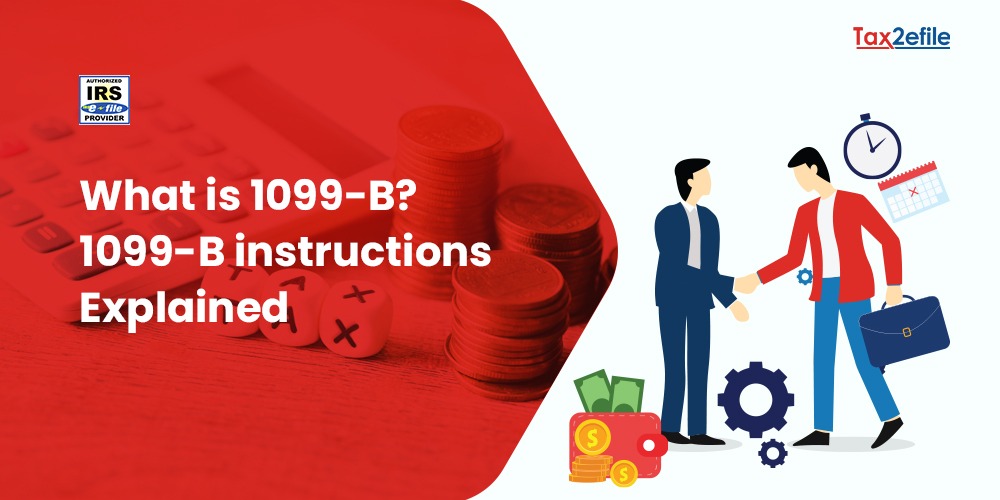- November 30, 2021

Generally, the interest that people receive or are credited to their account, that the person can withdraw without paying the penalty is considered as the taxable income of the year. The individual will generally receive Form 1099-INT copy B to report payment of interest and other tax-exempt interest of $10 or more. It is mandatory to report all taxable and tax-exempt interest on the federal income tax return, irrespective of whether one receives Form 1099- INT or not. Else, the individual will be subjected to penalties or backup withholding with the IRS.
Table of Contents
What will be considered as taxable income?
- Interests received on bank accounts, the certificates of deposits, deposited insurance dividends and corporate bonds will have to be reported as taxable income in the Form 1099- INT.
- Certain dividends are also considered as taxable interest and they include the dividend on deposits or share accounts in cooperative banks, deposits made with credit unions, loan associations, domestic federal savings mutual bond savings, etc.
- The Interest income from treasury bills, bonds, and notes is also subjected to federal income tax.
- Interest yielded from savings bonds
- Other interest paid to an individual in the course of a business or trade should be reported through Form 1099-INT if it is $600 or more.
- Interests received with damages or death benefits.
What are considered to be excluded interests?
- The interest was redeemed from bonds issued after 1989, which may be used to pay for higher education fees.
- Interests received from educational savings bonds and related programs
- Interest on bonds used to finance government operations.
- Interests on insurance dividends obtained from deposits with the US Department of Veterans Affairs.
How to report the interest income?
All payers of interest should report their interest income on Form 1099- INT to all the recipients. The banks and the investment firms will send this Form for reporting interest over $10 to the recipients by 31st January every year. The 1099- INT Form gives a detailed report on the type and the amount of interest paid by the taxpayer during the year. The box-by-box split-up of Form 1099- INT is as follows.
Box 1: Reports interest income obtained from mutual bonds, corporate bonds, DD, and CD accounts.
Box 2: Refers to early withdrawal penalties from CDs and other securities paid during the year.
Box 3: Report interests on US savings bonds and treasury obligations in this box.
Box 4: Report federal income tax withheld on the interest income.
Box 5: Refers to investment expenses. Report the total amount of deductible expenses related to the investment income in this box.
Box 6: Report the foreign tax paid in this box.
Box 7: Collects information related to the tax paid to a foreign entity.
Box 8: Reports interests that are exempt from all levels of tax for any reason, including the tax-free dividends from mutual funds and other relevant investments.
Box 9: This box is for reporting the tax-exempt interest that is subject to AMT.
The majority of the interest amount is considered to be taxable at the time the user receives or withdraws it. The best way to report the interest income is to take the help of an online tax filing company like Tax2efile to complete the hurdles of filing interest income.


